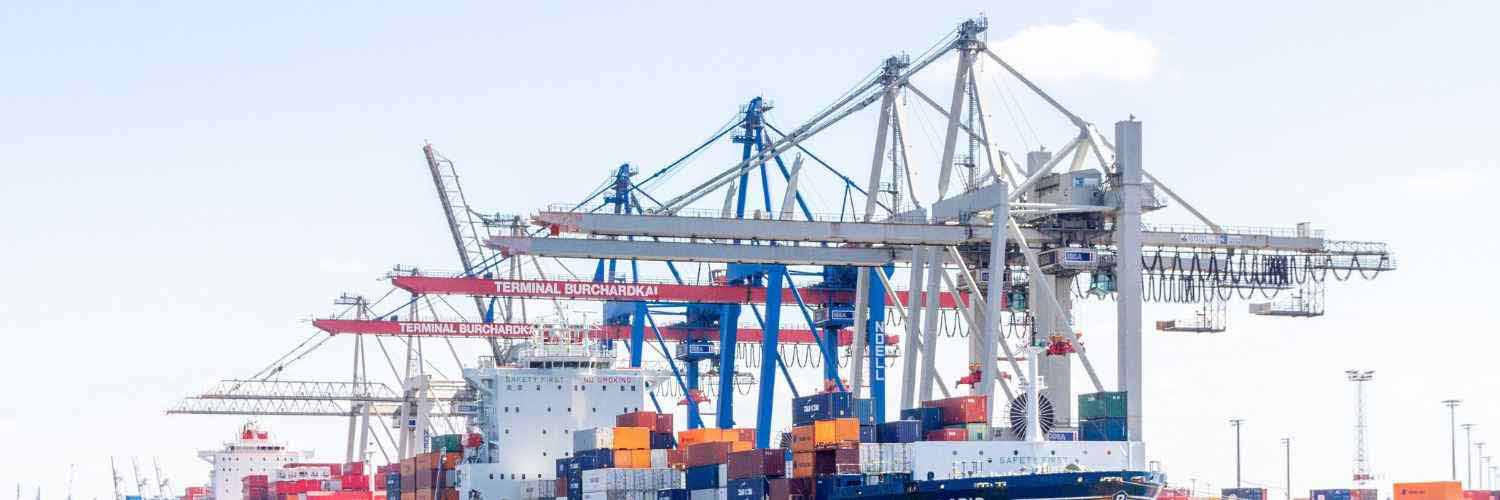A Comprehensive Look at Sea Freight Services
In the realm of the global supply chain,
sea freight acquires a vital role. More than 50% of businesses involved in
international trade rely on sea freight services. This cost-effective transportation
method facilitates the movement of heavy commodities across continents.
Whether importing or exporting goods, sea
freight is an ideal option for heavy cargos. Read below to learn how sea
transport navigates the challenges of global shipping. Let’s unlock the
benefits of sea freight services and dive deep into the details:
What is Sea Freight?
The term ‘’Sea Freight’’ is commonly used
in international supply chains. It refers to the transportation of goods
through the ocean. Sea freight services utilize cargo ships to transport bulk
items. Compared to air freight, it is a cost-effective transportation method.
This is the reason why most businesses opt for sea
freight services.
The process involves multiple roles, such
as the manufacturer, buyer, insurance providers, freight forwarders, port
authority, and brokerage.
Furthermore, this service also transports
essential commodities for a country. These include aircraft, oil, defence
equipment, etc.
How Does Sea Freight Service Work?
Sea freight is the most viable option when it comes to the transportation of heavy loads. The process is smooth and can be done in a few steps. If you are considering ocean transportation for the first time, have a look at how it works:
Find a Shipping Company
Search for a reliable shipping company. Consider a few considerations like reputation, price competitiveness, features, insurance, etc.
Communicate Freight Details
Share accurate details with the company. A shipping expert will likely ask questions regarding weight, type of good, destination, etc. You can send the goods directly or ask the company to pick them up from the supplier. In the latter case, you need to share the address details and pay an additional fee.
Pay the Ocean Freight Charges
After sharing the details, you can finalize the contract by paying the freight charges. The charges will depend on the weight, destination, type, and other factors.
Understanding the
Incoterms for Sea Freight
Here is an explanation of some incoterms in sea freight:
Types of Sea Freight
Containers
Different types of containers are used in
ocean transportation. Here is a brief explanation of each of them:
20FT DC
This standard container for dry cargo is made from aluminum or steel. It is water-resistant and keeps your goods safe on the go.
40FT DC
This container is ideal for pallets. On average, it can transport around 20 pallets.
40FT HC
The 40FT HC container is a great alternative to containers with limited space. It can carry huge weight and facilitate easy loading and unloading. Even if the port space is limited, it is helpful. Being less cumbersome, it perfectly eliminates all hurdles in sea transportation.
Flat Rack
These containers are used explicitly for heavy loads. They can carry as much as 50,000 kg. Due to their huge capacity, they are more expensive than the 20FT container.
Open Top
For heavy machinery or cargo that is difficult to move sideways, an Open-Top container is a perfect solution. It is highly durable and has an open design from the top, enabling easy loading and unloading.
Get Sea Freight Services from DWWLG
At Dynamic World Wide Logistics Group, we offer
comprehensive sea freight services. With thousands of businesses on board, we
play a pivotal role in revolutionizing international trade. We offer tailored
solutions, real-time tracking, flexible options, smooth documentation, and
more. Make the right shipping decisions with our team. Talk to our
representative for all queries and concerns.
Leverage the advantage of ocean freight
with us!



















